Below we share some of the best exotic houseplants that are easy to care for and budget-friendly.
Not that long ago, a dear friend and I went to Longwood Gardens for the day, one of the nation’s largest and best botanical exhibits. We spent the day strolling through a meadow garden, sycamores taller than I ever thought possible, and beautifully curated gardens with every kind of flower imaginable.
While all of these exhibits were gorgeous, my favorite one by far was their indoor conservatory. Voted the best in the nation, thousands of stunning exotic indoor and outdoor plants filled every room, making you feel as if you accidentally stumbled upon some distant land from a fairy tale.
Spending the day at Longwood got me thinking about my own home and what I imagine it to look like. I wondered if it could bring the beauty and connection to distant lands and cultures that I experienced at Longwood into my own home.
After much research, I was surprised and delighted to find that while I may not be able to build a giant conservatory in my backyard (still working with my husband on that one), it is entirely possible to purchase and grow beautiful, thriving exotic plants in your home.
12 Best Exotic Houseplants

Peace Lily | (Spathiphyllum)
We love peace lilies, and it’s no surprise why! This popular, super trendy exotic plant makes a great addition to your home. Not only has a recent NASA study proven that they remove toxins like formaldehyde from the air, but they are also very easy to get and surprisingly not that expensive!
- Place of Origin: The tropical rainforests of Colombia and Venezuela
- Pet Friendly: No
- Sun: Does best in 3-4 hours of indirect sunlight but also does well in low light (won’t get as many of those gorgeous white plums)
- Soil: Well-draining
- Water: Water along the edges until water comes out of the bottom. Water about once a week (likes moderately moist soil).
- Mist: About once a week, less if your home has more humidity.
Do not put your peace lily near an air vent or in a drafty place, as this could cause it to droop and wither.

Angel Wing Begonia | (Begonia Maculata)
I think this plant is GORGEOUS. With its beautiful polka dots and gorgeous flowers, along with the easy level of care that comes with begonias, the angel wing begonia is definitely an exotic plant you want to bring into your collection!
- Place of Origin: Brazil
- Pet Friendly: No
- Sun: 6-8 hours of bright, indirect light. The more indirect light you can give, the better! (NO direct light as this will burn the plant!)
- Soil: Well-draining
- Water: Keep the soil evenly moist but not soggy. Check the first layer before watering; water about once a week.
- Mist: Once every week to every other week during the summer if you have a home with a naturally low humidity level

Mother of Thousands | (Kalanchoe Daigremontiana)
Appropriately named for the thousands of tiny flowers that bloom on the end of this plant’s gorgeous aloe-like leaves, a mother of thousands was one of my very first exotic plants. Extremely easy to care for, this member of the succulent family is an easy first exotic plant for beginners.
- Place of Origin: El Savador
- Pet Friendly: No
Sun: 8+ hours of indirect sunlight (can survive with less, but loves to bake)
Soil: Nutrient-dense cactus & succulent soil. We recommend Bonsai Jack’s succulent soil, $16 for two quarts.
Mist: Only if humidity levels are low.
Related: 15 Rare Houseplants and Where to Find Them

African Mask | (Alocasia Amazonica)
The African Mask, or Elephant Ears, is a one-of-a-kind exotic plant that will intrigue everyone with its long, gorgeous leaves and white borders.
- Place of Origin: Southeast Asia
- Pet Friendly: No
- Sun: 6-8 hours of bright indirect sunlight (Does not do well in direct sunlight or low-light conditions)
- Soil: Well-draining in a pot with drainage holes
- Water: Water until liquid comes out of the bottom. Check the top few layers and make sure they are dry before re-watering; about once a week.
- Mist: Once a week during growing season

Goldfish Plant | (Nematanthus)
Appropriately nicknamed for the goldfish shape of its flowers, the goldfish plant is both super easy to care for and an excellent choice for beginners.
- Place of Origin: Southern Mexico, Brazil & Costa Rica
- Pet Friendly: Yes!!
- Sun: 6-8 hours of bright, indirect sunlight. By a north or south-facing window would be the perfect spot!
- Soil: Well-draining. We recommend using this African Violet soil by Miracle-Gro as it has added nutrients that your goldfish plant will love! (Amazon, $6 a bag)
- Mist: Yes, once a week. Goldfish plants make excellent shower plants, as they love high humidity levels!

Swiss Cheese Vine | (Monstera Adansonii)
A plant-loving friend of mine just propagated for me a baby plant off of her Monstera Adansonii, and I am obsessed! Much smaller than the trendy Monstera Deliciosa, this trailing plant and its many holey leaves is a simple way to bring the exotic into your home.
- Place of Origin: Central & South America, West Indies
- Pet Friendly: No
- Sun: 4-6 hours of medium-bright indirect light
- Soil: Well-draining
- Water: Water when the top layer of soil is dry; about once a week.
- Mist: Not needed unless your space doesn’t have a whole lot of humidity

Fishbone Cactus | (Epiphyllum Anguliger)
Okay, I have to confess something: the fishbone cactus may *secretly* be my favorite exotic plant (I know I say that about all the plants I write about, but this time it’s for real). Isn’t the fishbone cactus so cute?!
- Place of Origin: Rainforests of Mexico
- Pet Friendly: Yes!!
- Sun: 8+ hours of bright, indirect light; can also tolerate small levels of direct sunlight
- Soil: Cactus/ succulent blend; a pot with drainage holes
- Water: Let the soil dry out completely between watering. Do not water more than once a week and cut back to once a month in the winter
- Mist: Never

Avocado Tree | (Persea Americana)
Who needs Chipotle when you can make fresh guac every day? Grow your own avocado tree, and you are set for life (or at least a very long time).
- Place of Origin: Mexico and most of South and Central America
- Pet Friendly: Yes!!
- Sun: 8+ hours of bright, direct, or indirect sunlight
- Soil: Well-draining
- Water: Keep continually moist but do not overwater—usually once to twice a week is enough. If the leaves start to yellow, cut back and wait until the top few layers of soil dry out a bit.
- Misting: None

Fountain Palm | (Livistona chinensis)
Not only is the Fountain Palm, or Chinese Fan Palm, elegant and mesmerizing, it also is completely safe and non-toxic for the entire family—furry friends included!
- Place of Origin: China, Japan, Taiwan, and Ryukyu Islands
- Pet Friendly: Yes!!
- Sun: 6-8 hours of bright, indirect light. Avoid direct light
- Soil: Well-draining soil
- Water: Water only when you can stick your finger into the soil and the first half feels dry. Never water to the point where the soil is soggy, as this will cause root rot.
- Mist: Only if humidity levels are low
Tip: Rotate your Fountain Palm to ensure that all sides grow to be full and luscious!

Weeping Fig | (Ficus Benjamina)
I am a sucker for any tree with a braided trunk, and the exotic weeping fig ficus does not disappoint!
- Place of Origin: India to Northern Australia
- Pet Friendly: No
- Sun: 6-8 hours of bright, indirect sunlight; loves two hours a day of direct sunlight when indoors
- Soil: Fast-draining
- Water: Keep moderately moist; water about once a week. Do not let the soil completely dry out, but don’t allow it to get soggy either.
- Mist: None

Sugarloaf Pineapple Tree | (Ananas comosus)
You can’t tell me you aren’t thinking the same thing I am—pina colada time, anyone?
- Place of Origin: Hawaii, southern Florida, West Africa, Rwanda, and parts of South America
- Pet Friendly: We weren’t able to find online if they are or not, so use caution around kids and pets
- Sun: 6-8 hours of very bright light–direct preferred, but indirect would work, too.
- Soil: Fast-draining
Keep soil moist but not soggy. Water when first few layers of soil feel dry, about once a week
- Mist: None

Pink Bromeliad | (Bromeliad Aechmea)
One of the many unique aspects of this rare bromeliad is its long-lasting, beautiful pink blooms.
- Place of Origin: Brazil
- Pet Friendly: Yes!!
- Sun: 8 hours of bright, indirect light; can withstand less, just doesn’t grow as fast!
- Soil: Well-draining
- Water: They are pretty drought resistant, so when in doubt, let the soil dry out! Check top few layers of soil before watering; about once a week to once every other week.
- Mist: Yes, occasionally. Bromeliads, in general, love higher humidity levels, so if you see yours start to droop, mist once a week.
Exotic Houseplants: 5 Quick Tips to Keep Them Healthy
Most exotic plants need lots of sun
While the ZZ plant shows that this is not true for every exotic plant, 95% require more than 5 hours of indirect or direct sun to thrive. To help your exotic plant not go into shock and adjust well to its new home, be sure to repot with well-draining soil and in a pot with drainage holes (skip this step if you purchase it already potted correctly). Then, place your plant in front of a nice, sunny window (unless noted otherwise), and let it do its tropical thing!
Tip: If there’s an exotic houseplant you would really like to have, but aren’t blessed with gorgeous windows that get lots of sun, don’t let this stop you! Consider investing in a grow lamp and you’ll be surprised how much your plants will love it!
Be careful not to overwater
Especially in the winter, this step is absolutely crucial. Most tropical plants go dormant in the winter seasons, and watering them more than once or twice a month will cause root rot and could even kill the plant. As previously, we always recommend using a soil moisture meter to check the soil before you water your exotic plant.
Tip: Place cut-up dish sponges or lava rocks at the bottom of the pot—it’s an easy and cheap way to ensure that your plant’s soil gets proper drainage!
Don’t sweat if at first your plant doesn’t seem to like its new home
I have many exotic houseplants and often mine aren’t too happy right after I bring them home. Often, exotic plants go into shock when their environment is radically changed (like you bringing it inside after it’s used to baking in a nice, hot greenhouse). Simply make sure to read any directions given with the plant, check its soil to make sure that it has received the proper amount of water, and give it about two weeks.
I have found that most of my exotic plants settle down after two weeks to a month after arriving home, and I begin to see them grow again. However, if your plant is still looking pretty sad after a month, check out this helpful article for tips & tricks to help your plant feel more comfortable and start growing again.
Make sure to keep your exotic plants protected from curious pets
I learned this tip the hard way when my trailing Monstera was suddenly attacked and eaten by my curious pet skunk (I promise I’m not making this up!). Animals often love exotic plants, but the feeling is definitely not mutual. A good portion of exotic plants are toxic and can even be dangerous when ingested by a pet.
Always make sure that the exotic plant you’re interested in is pet-friendly (we provide this with each pick) and keep them up and out of the way from any curious furry friends.
Don’t skip the fertilizer
The general rule of thumb is to fertilize indoor exotic plants once every other week during the growing season, which usually lasts from late spring to early fall. We recommend using a nutrient-rich fertilizer (mixed specifically for tropical plants) and checking out this article for more in-depth information.
In Conclusion
We hope that this list of 12 exotic plants helped boost the confidence you needed to decide to bring one of these beauties home. As you can see, there are so many different options available, many of them under $100 and very low maintenance.
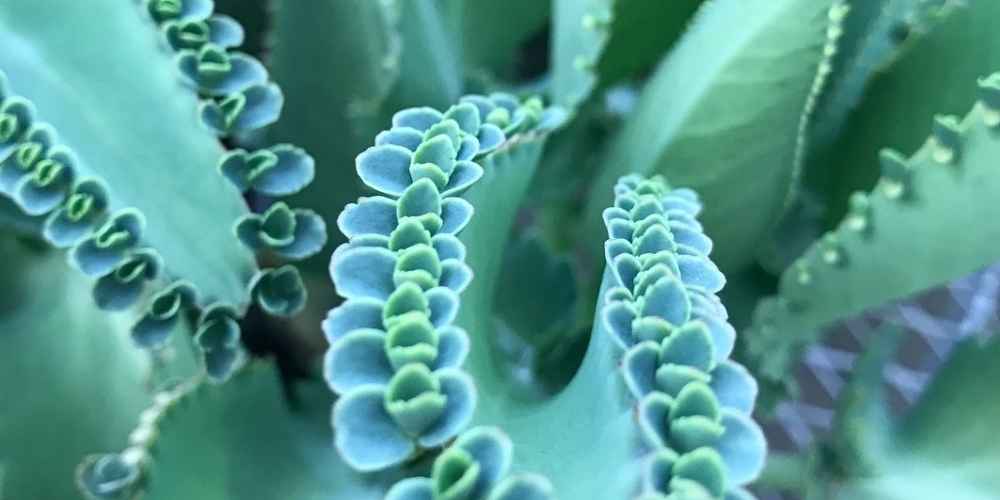
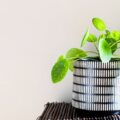
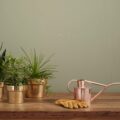

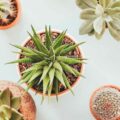

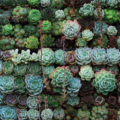

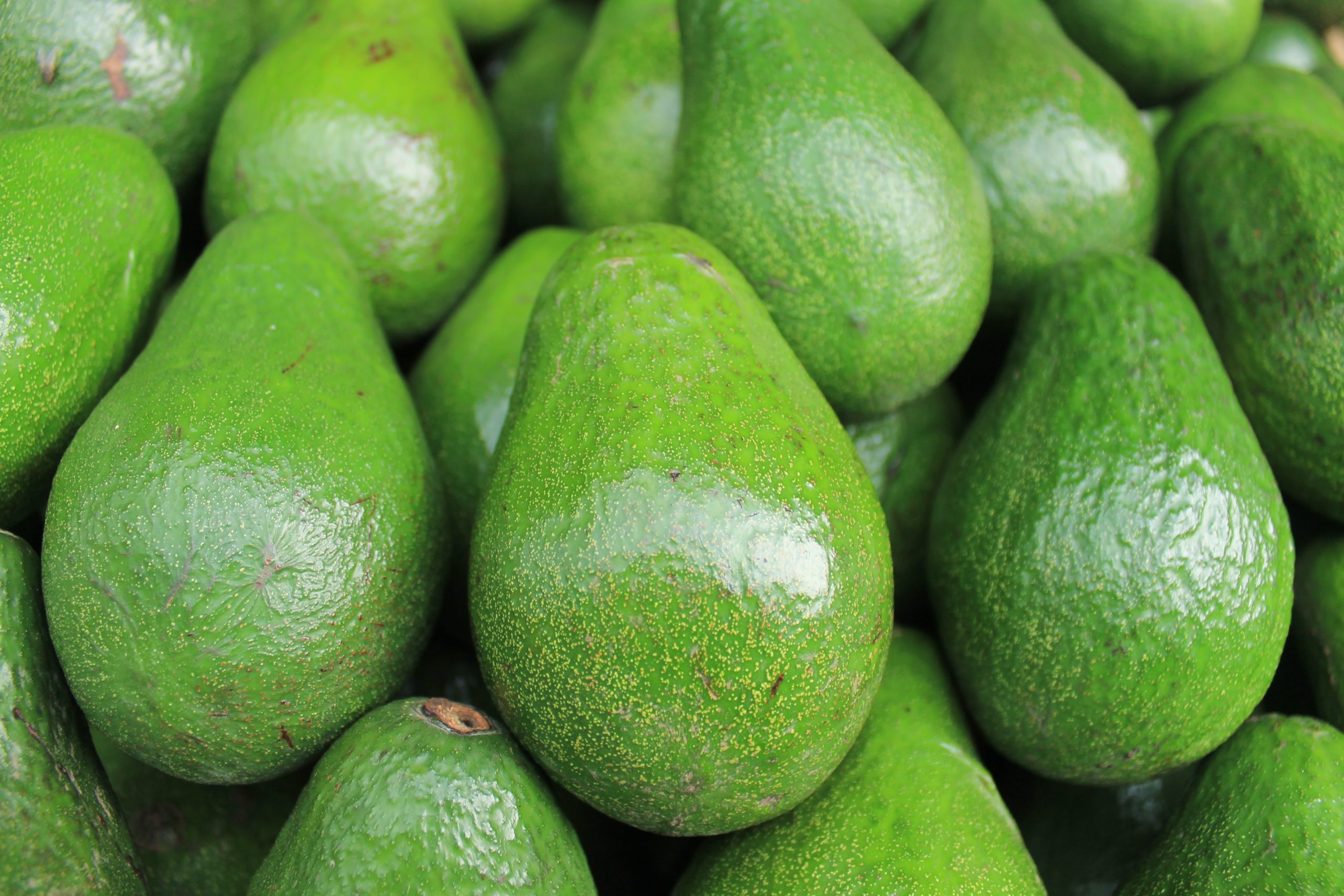


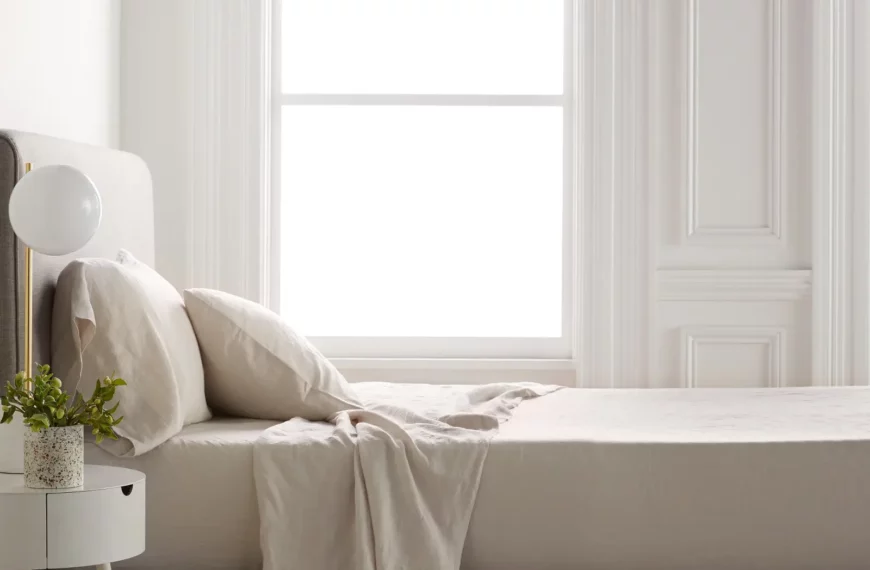
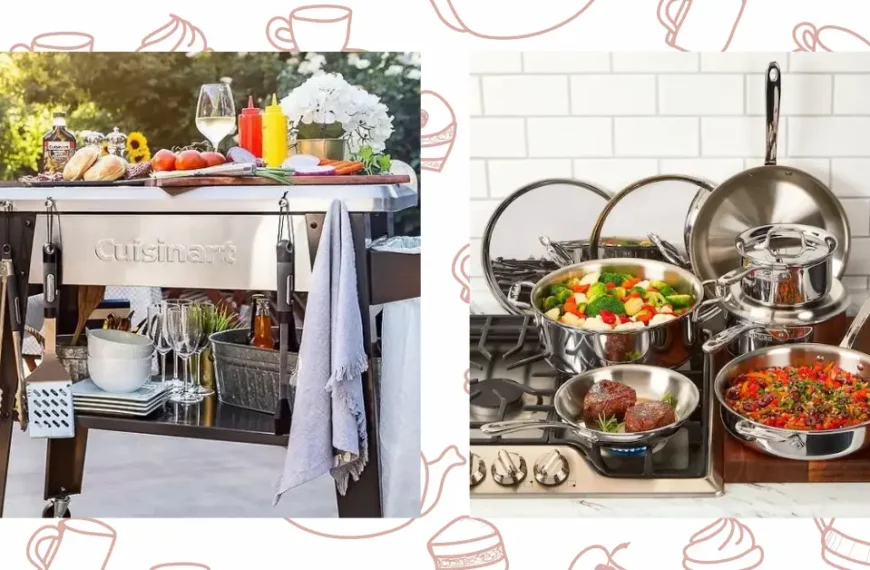
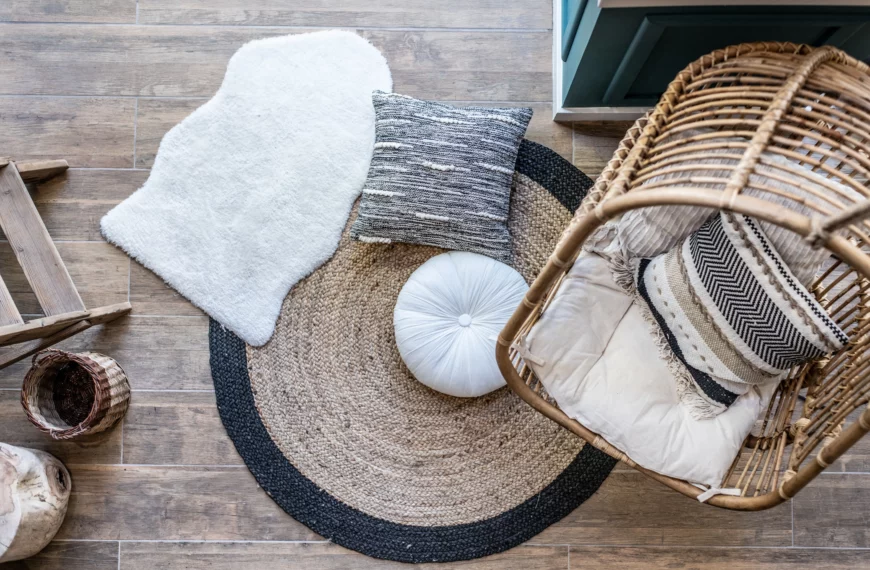
Leave a Comment